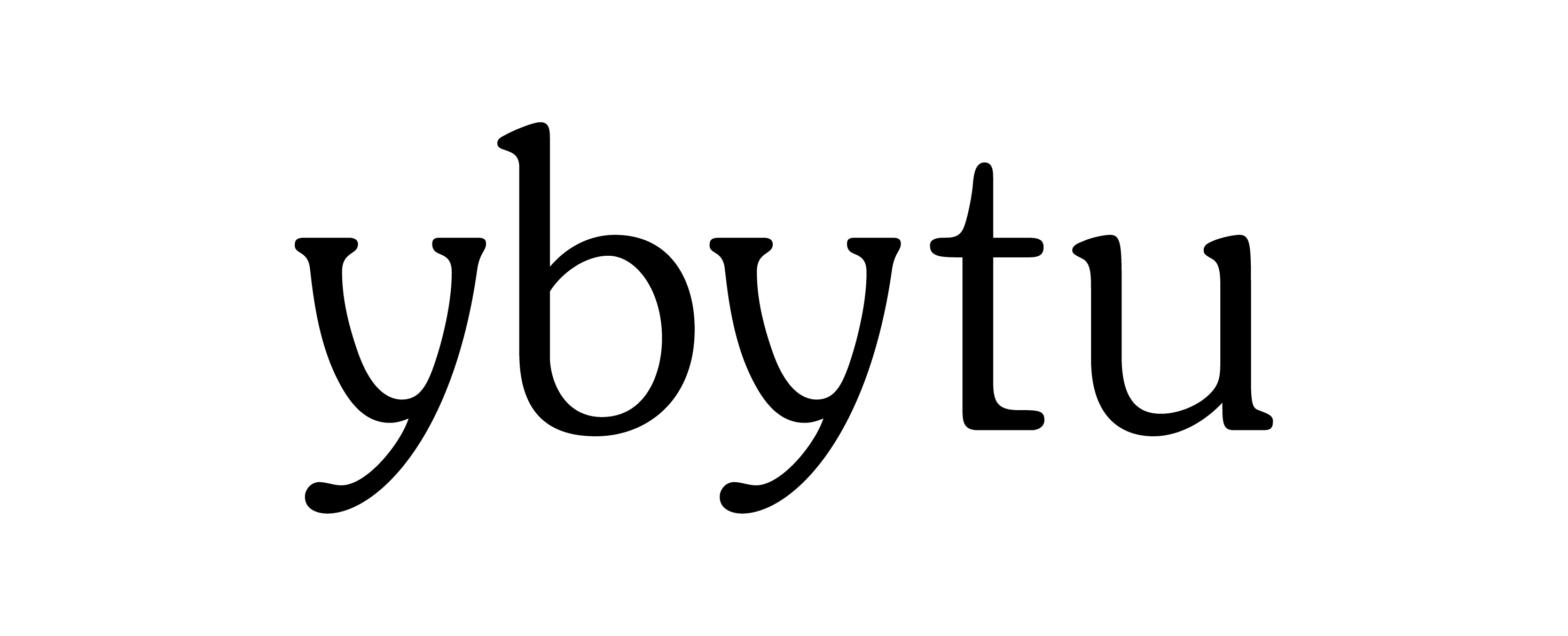Create Your First Project
Start adding your projects to your portfolio. Click on "Manage Projects" to get started
Maíra Dietrich
BIO
Maíra Dietrich's artistic practice takes place in the intertwining of language, body and form.
YEAR OF RESIDENCE
2025
ORIGIN
1998. Florianópolis, Santa Catarina.
Maíra Dietrich (Florianópolis, 1988) is a visual artist, editor, and researcher. Her education includes a BA in Visual Arts from UDESC, a MA in Fine Arts from KASK & Conservatorium/School of Arts Gent (Belgium), and a post-master's degree in the Art by Translation program (France). Her work encompasses video, installation, performance, text, and editing, exploring the relationships between language, body, and materiality. Since 2012, she has coordinated the publishing imprint A Missão, dedicated to artists' texts, and collaborates with independent publishers. She has participated in exhibitions and residencies in Brazil, Europe, and Latin America, with works presented at institutions such as Auroras (São Paulo), Paço das Artes (São Paulo), MAP (Belgium), and Fundación ACE (Argentina).
Maíra Dietrich's artistic practice unfolds at the intertwining of language, body, and form. In an approach that transcends fixed boundaries between text and presence, word and gesture, the artist investigates the ways in which the body produces language, but is also shaped, traversed, and reconfigured by it. Her works operate as devices of dialogue and resonance, where matter—be it paper, voice, image, or silence—reveals layers of meaning that escape linearity.
Language, in all its instability and malleability, is a central axis in her research. Not as an instrument of communication, but as a field of formal experimentation. Dietrich fragments, displaces, and recombines words and signs, creating space for error, doubt, and interlude. Her work often presents itself in structures reminiscent of scores or scenes, where reading is a performative action and the viewer is invited to be part of this expanded time of meaning construction.
The work pays close attention to the physicality of the text: letters that become matter, words that gain volume, sentences that inscribe themselves in space like sculptures of thought. By exploring the tangible aspects of language, Dietrich challenges the conventions of writing and reading, proposing a sensory and affective engagement with the sign. The body—her own and that of others—is both a medium and an interlocutor.
Her work also takes place in the editorial space, understanding the book as an extension of performance and the text as a body to be activated. In this sense, her work with A Missão and his collaboration with independent publishers are not deviations from his artistic production, but rather part of a practice that understands art as a field of circulation, translation, and continuous displacement.
Maíra Dietrich thus constructs a poetics that moves between the visible and the legible, the spoken and the unsaid, proposing a state of attention to what escapes the narrative. By identifying the limits of language and its inscription on the body, her work invites us to listen, read, and inhabit what the voids can also say.
With a conceptual and research-based approach, his practice involves sculptural objects, mapped video projections, mechatronic installations, tricks, theatrical pieces (and more) playing with the idea of animating objects and infrastructure elements. An interest in the performing arts has given a theatricality to these objects and installations, which are animated by mechanical movements and enact dramaturgy and choreography; often in an exercise of repetition that leads to no catharsis but instead begins to reveal the workings of the machines themselves. That is, often operating with an empty center of attention (or a univocal meaning)—the idea of absence is recurrent—these systems play with opacity and transparency, revealing nothing but their own functioning, their internal logics of communication, and power relations. More recently, procedures of disorientation and sleight of hand, with a particular interest in investigating institutional infrastructure, have been incorporated into her research. Evidently, in a similar context, questions related to circulation in the art system (and its topoi) and site specificity are also explored.
These autonomous devices not only replace human actors, but often act solely for themselves, thus speculating on a possible post-Anthropocene scenario. Within this theatrical atmosphere, the instability and failures of these fragile machines add a certain personality to their performances. It should be noted that, despite the theatricality, minimalist procedures are generally surgical (simple and precise), offering little room for overtly dramatic situations. They share qualities with the trickster figure: however manipulative they may be, there is always the elegance of a well-executed sleight of hand.
Her recent solo exhibitions and projects include “Vaudeville”, Pedro Cera (Lisbon, 2023); “Empty Head Doll Foam”, SESC Pompéia (São Paulo, 2022); and “A. And A Again.”, Auroras (São Paulo, 2021). She has participated in exhibitions at institutions such as the São Paulo State Art Gallery (2021); Videobrasil (2021); Oscar Niemeyer Museum (2022); SUR Biennial (2021); Moreira Salles Institute (2020); SESC (Pompéia, 2022; Pinheiros, 2022; Ribeirão Preto, 2019; Federal District, 2018); CCSP – São Paulo Cultural Center (2018); MAC-USP Museum of Contemporary Art (2017); Ribeirão Preto Art Museum (2020; 2017; 2015); Galeria Vermelho (2017; 2018, 2019); all three in collaboration with the research group Depois do Fim da Arte, of which she was a member for six years. Her work is featured in public and private collections such as the Pinacoteca do Estado de São Paulo, the Moraes-Barbosa collection, the PIPA Institute, Videobrasil, and the British Museum.




























